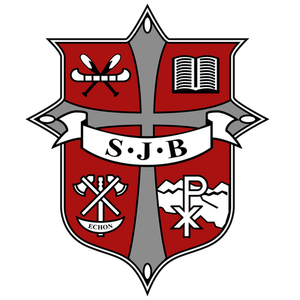January 31, 2024
Grade 8 Robotics Drives Lunar Rover
The Grade 8 Robotics class at St. John Brebeuf (SJB) spent Monday morning (Jan 29) remotely controlling a lunar rover prototype at a test facility in Stratford, Ontario; technology that will be part of the upcoming Artemis space missions. One of four winners of the Canada-wide Lunar Rover Research Challenge third season, the Robotics class worked under the guidance of engineers and scientists to drive the lunar rover and seek out ice deposits in a mock lunar landscape.
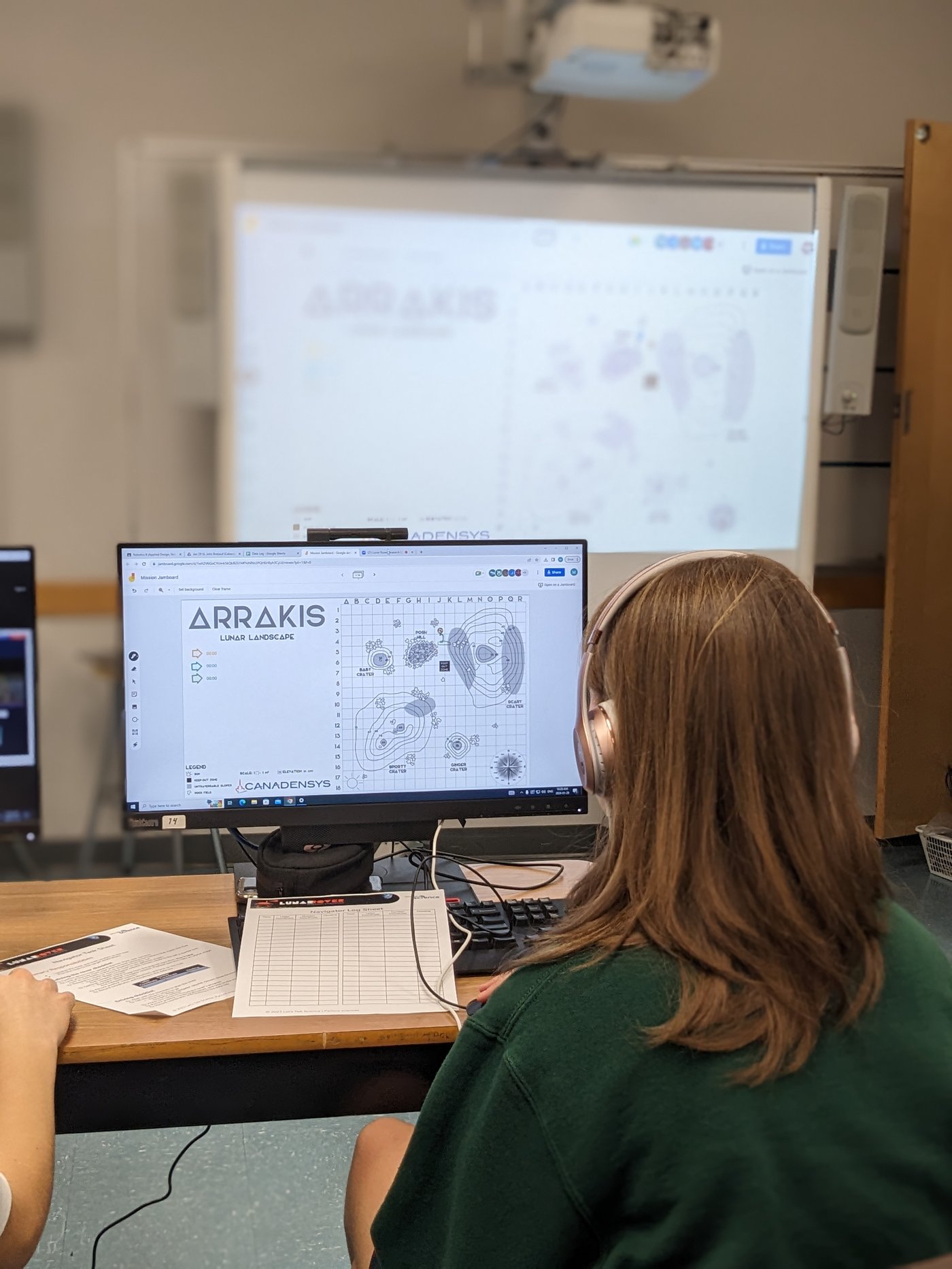
The Lunar Rover Research Challenge is a competition jointly sponsored by Let’s Talk Science, the Canadian Space Agency, Avalon Space, and Canadensys Aerospace Corporation. Over 16,000 Canadian students in grades 6-9 competed during the challenge, which took place over three seasons between Fall 2022 and Fall 2023.
SJB Robotics submitted an entry for both the Spring 2023 and Fall 2023 competitions, before learning of their success last December. Robotics instructor and longtime SJB teacher, John Calzavara, credits the work done by the Spring 2023 class with laying the foundation for the success of the current class. “Our team impressed the judges with their ability to articulate why they made the choices they made and what they had learned from the first mission,” says Calzavara. “We’re very excited for the students to be learning at this level.”
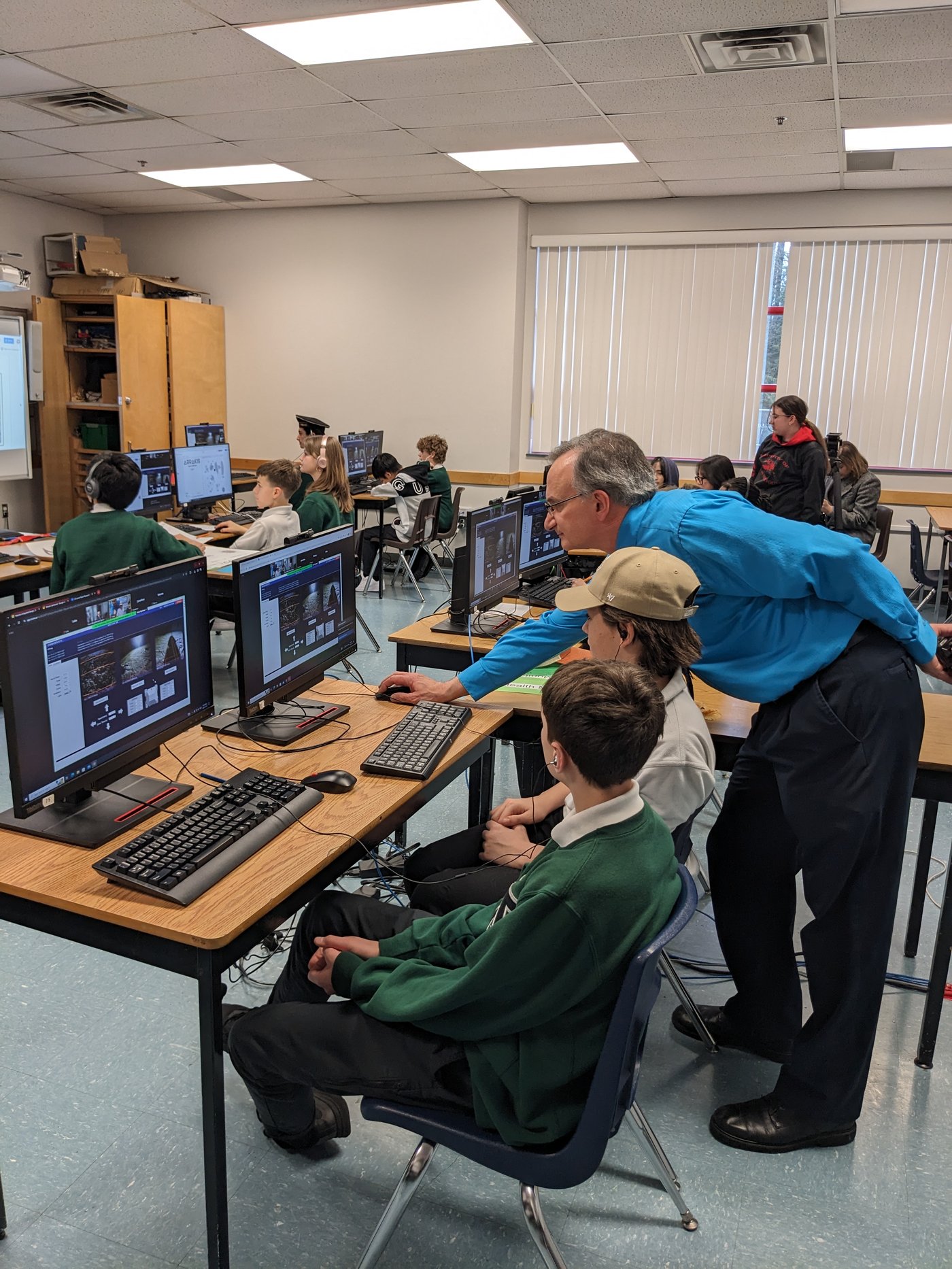
Led by Leah Davis-Purcell of space research and technology company Avalon Space who travelled to Abbotsford for the event, the students worked in teams to navigate the lunar-like terrain to seek out their mission goal of lunar ice. One group took charge of navigation, while other teams gave commands to drive the rover, monitored the health of the prototype, took measurements and samples, and scientifically analyzed the data to confirm their discoveries.
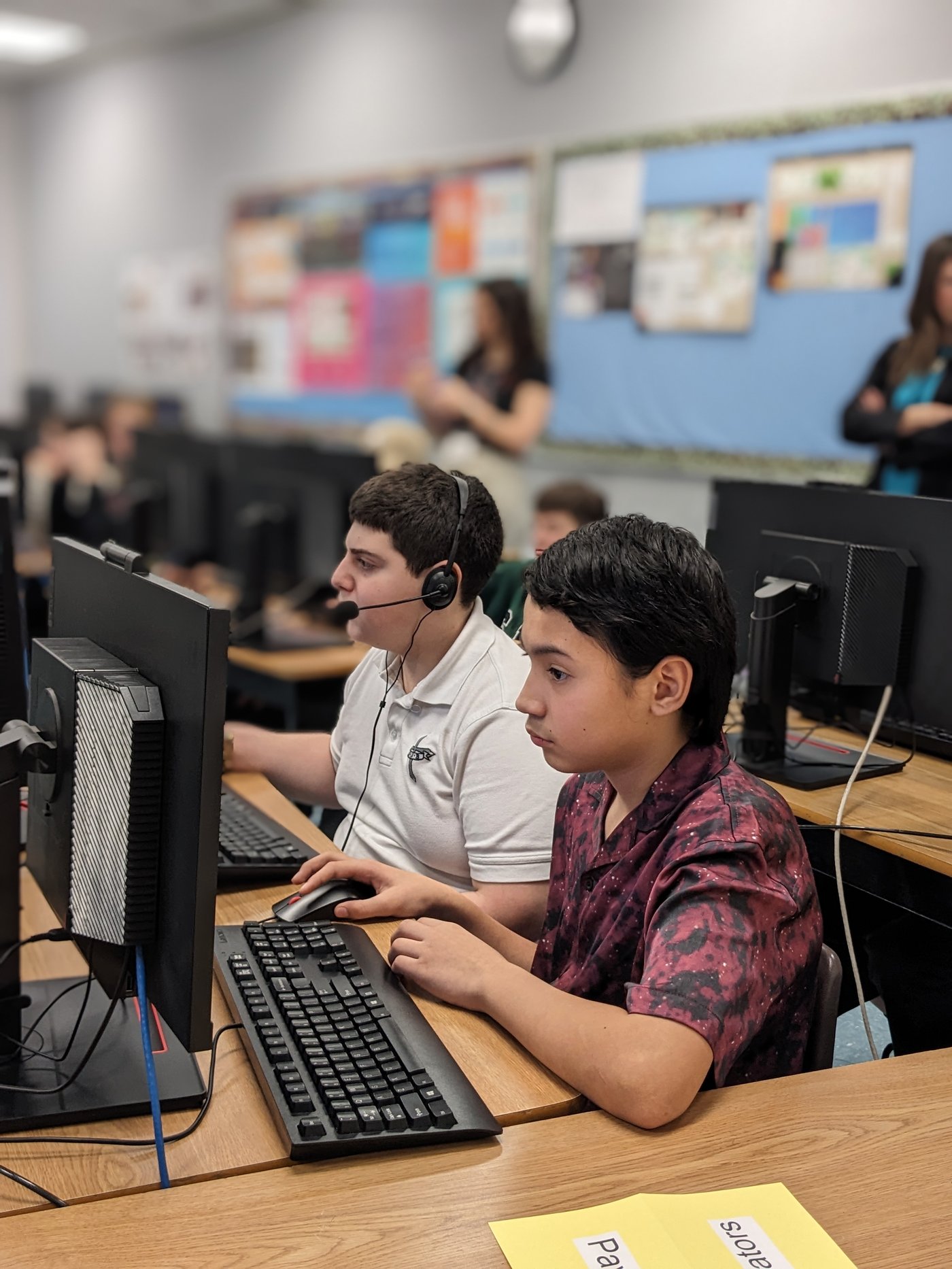
Although the students felt that their planning prepared them for the technical aspects of the mission, the real-world simulation presented obstacles that weren’t immediately obvious during their planning. Rover driver Declan Parsons-Moore noted that consulting with the entire class in order to decide how to maneuver the rover was much more chaotic than communicating within their small groups: “It was a little stressful with everyone talking a lot, but we got better over time.” Rather than simply reacting to the situation, each of the rover teams had to learn how to gather information and give directions in order to reach their goal.

The students also had first-hand experience in balancing risk and reward: when gathering the data that ultimately determined that they had found lunar ice, the SJB rover came close to its lowest temperature limits. “We had to act quickly in order to get the rover out of the danger zone,” said navigation team member Sjeifclyde Rauto, “those extra complications don’t appear on paper.” After finding ice earlier than anticipated the class went on to locate iron on the surface of the moon before wrapping up their lunar adventure. “It felt good to be part of that,” said Parsons-Moore, “I wish the mission had been longer.”
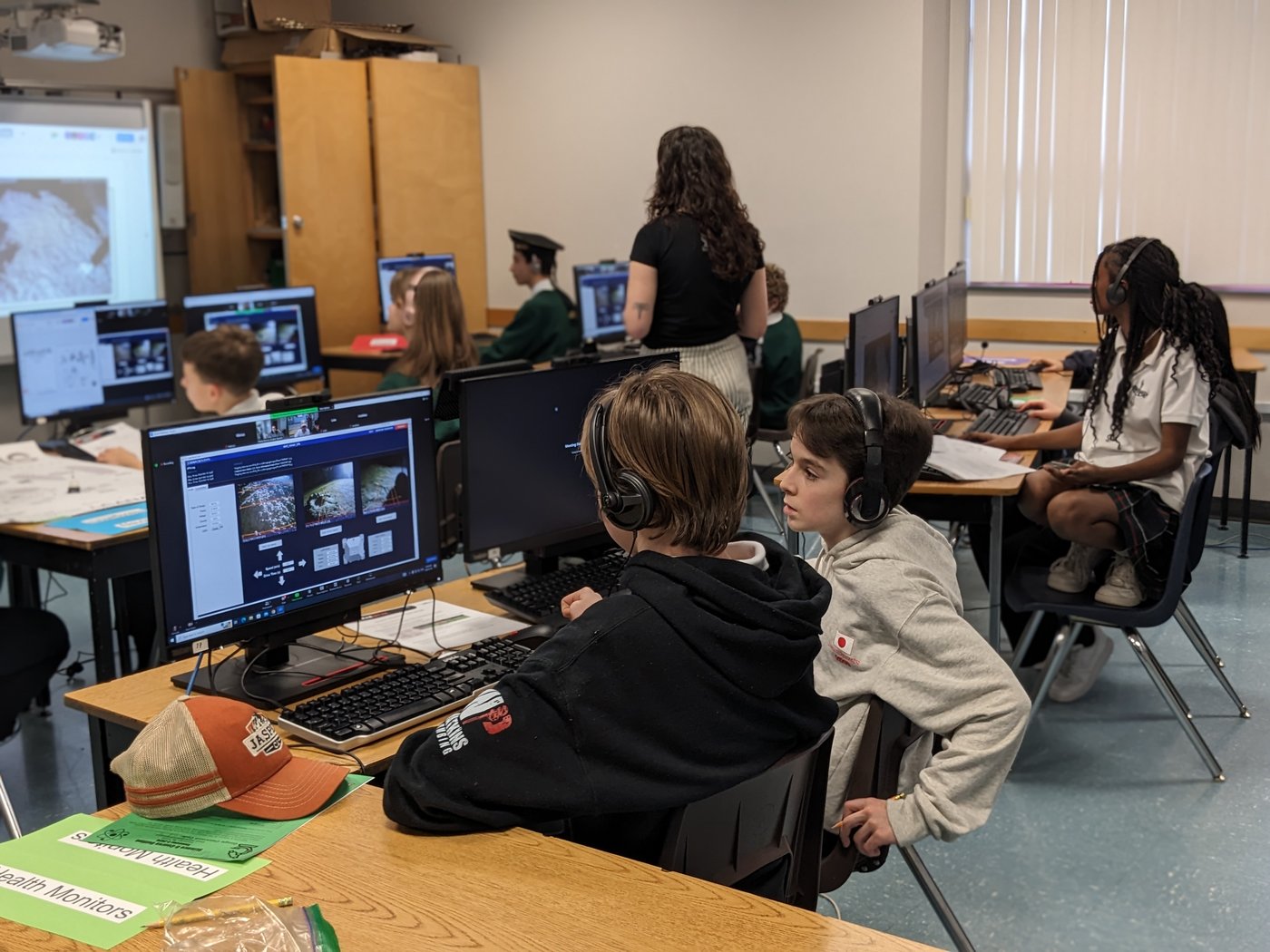
SJB’s mission is to foster an environment where students can challenge themselves and discover their gifts. The Robotics class and the research work they explore is just one of the many examples of the hands-on educational and extracurricular opportunities available to students at St. John Brebeuf Regional Secondary School.
SJB Robotics Students on CTV - Tuesday, January 30th, 2024
SJB Robotics Students Interviewed on Global News - Wednesday, January 31st, 2024
